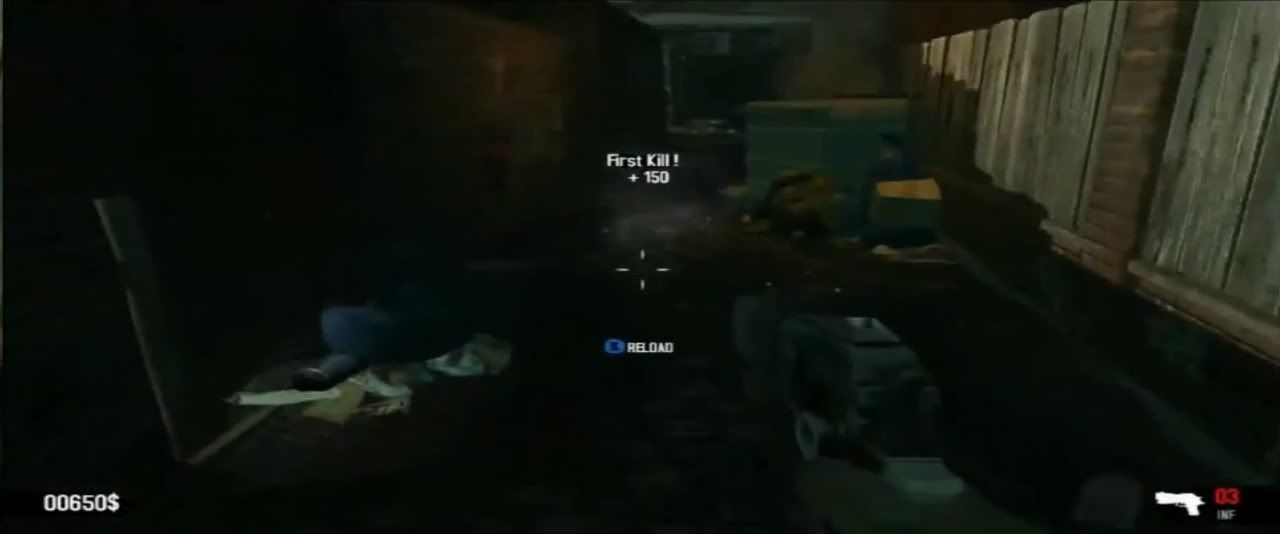bgassassin said:
Because I was told it was essentially a 4830 (an RV770 with two disabled SIMDs)
Just out of curiosity, were you told simply 4830 or that it was rv770 with two disabled SIMDs? The point I'm trying to make is that there's a major difference between a 4830 and a mobility 4830 as far as manufacturing goes. The latter is based on rv740, which although identical in hardware spec to the rv770 with two disabled SIMDs, is built on 40nm and is a 137mm^2 chip. The desktop part is basically a binned version of the 55nm flagship chip, which is 256mm^2.
It just always seemed odd to me why Nintendo would go with a bigger GPU (IE RV740 or 770) and underclock it or anything like that. Why not go with the small GPU in the first place (I guess thermals, but...)?
A certain die size would be needed for particular memory bus sizes, and we have to make room for the eDRAM I/O, but that's probably not the main concern for the early devkit. Radeon 4670 is probably fine, but that's 55nm. On 40nm, the 5670 was shrunk to ~104mm^2. It's getting tight for a 128-bit bus.
So that does indeed leave TDP cooling issues. Having more of the physical hardware there may just give them some breathing room for playing with the clocks whilst attempting to simulate what they expect for the size of the final customized chip. Who knows? We don't know what they want specifically other than catching up technologically (unified shader part).
Banking on a future die reduction for a new process is extremely risky, especially given that they have no control whatsoever on when and how much the process is going to cost them. Microsoft may have done that with the extremely accelerated schedule for 2005, but Nintendo doesn't strike me as having similar thought processes or even being so desperate.
I mean, going with an 800m+ transistor GPU (on the order of 3X Xenos/RSX) and not having it perform much better than Xenos/RSX just doesnt seem really possible, or moreso desirable. It's like throwing away money. I find it odd if it really ends up being the case.
Well, it really isn't hard to come up with something faster than Xenos, bandwidth notwithstanding (in a PC environment). A Radeon 4650 or 5550 ought to beat it just by virtue of having more shading power, everything else being the same on paper (also clocked slightly higher than Xenos), and of course there's support for more recent developments in the Direct3D specs. But, these two would be in the same league as current gen.
As for rv740, even if it were <500MHz, it's still got a huge advantage in ALUs (>2.5x raw hardware). ROP and TMU-wise, it has double the units, so in the end it's close to twice the paper specs in those two regards. Overall, that's probably the closest you'll get to taking an off-the-shelf PC chip and ending up with "2x" 360.
I suppose a lot of things are odd though, heck if it's so low performance why not do an SOC,
As small as a tricore PPC may be on 45nm, it'd be a not so insignificant piece of real-estate for an SoC for such a small console, if you know what I mean. Moving to 32nm (SOI or bulk) would also sort of limit manufacturing options. TSMC doesn't have 32nm SOI for instance. Global Foundries seems to be having some sort of issue, but I'm not entirely clear on the situation. I'll have to check when I have the time, but my impression wasn't so favourable in light of how AMD is progressing with Fusion.
Maybe using an crippled RV740 just ends up cheaper than any other low performance option or something, because yields are good and it's old, despite the large amount of silicon. But if you're using something with up to 800 SP's, you ought to dominate PS360.
I already discuss it above, but rv740 is a 640 ALU part with 4RBEs (16 ROPs) and can filter 32 texels per clock. And we can see how easily that can beat Xenos on paper, even with lower clocks.
The dev even claimed they would have to cut back PS360 games to run on Wii U. So it's definitely not your latter concern (expecting more).
Well, we do have to consider that perhaps the devkit in question doesn't have eDRAM. The bloke doesn't even mention that part of the spec. If that's the case, then the "slow ass DDR3" is responsible for all the framebuffer stuff too - even if it's DDR3-1800, a 128-bit bus would only allow for 28.8GB/s for the entire system (note that he doesn't imply a NUMA configuration either).
It'd be easy to see why one might scale back PS360 games.
-----------
Anyways, it's more fuel for fires. Just waiting for something actually concrete. :/

